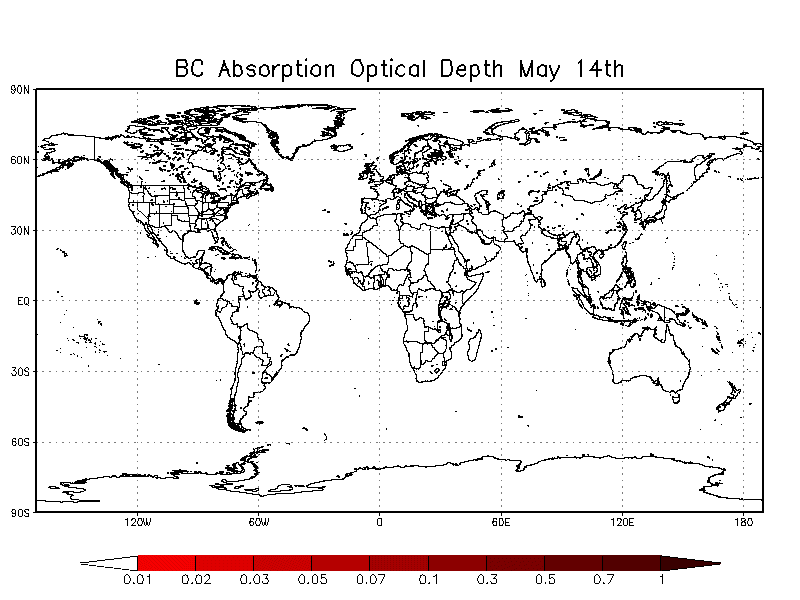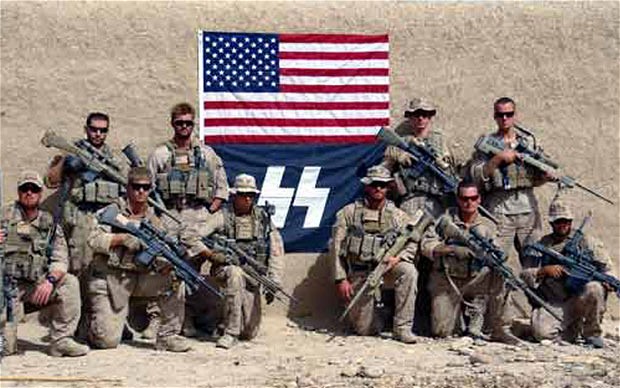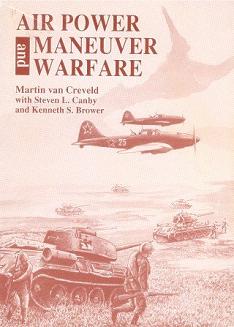agata pyzik talks about living in the seventies:
One of the reasons the punk generation reads dystopias like A Clockwork Orange as if they were their lives, and looks longingly towards the communist East in their aesthetics, is their depoliticisation. The generation of their grandparents was the one who survived the war, believed in socialism, was changing the world, joined political parties. Earlier, to piss off your parents, you’d join a communist party. By the 70s, those who wanted to change the world, were discredited and all that had left was the aesthetics.
[…]
If you look at any footage of West Berlin in 70s, you see a murky, sinister city, whose punctum, trauma, is the Wall. People gravitate around it. Living next to a prison, even if theoretically you’e not the prisoner, you can develop symptoms of suffocation. Seeing people regularly being killed over an illegal crossing of the Wall, not being able to walk through your city, imagining what there can be on the other side.
One of the things that defined the seventies, especially the second half of the decade, was the freezing of the Cold War into stalemate. The excitement of the fifties and the sixties, when war between the capitalist and communist blocs seemed just around the corner had ebbed away, Vietnam was just a memory and all that was left were petty little squabbles in Third World countries of no great interest to people in Europe or America. You can see that period reflected in Jerry Pournelle’s mil-sf stories of the period, with their background of a codominiom of the US and USSR ruling the stars for the next couple of centuries.
The late seventies and early eighties before the feverdreams of Reaganomics and yuppism took hold were a time without great dreams, a grey, dour, chilly time where economic depression and political stagnation looked to be permanent.The generation that grew up in the seventies was perhaps the first to really grow up with the Cold War as a constant, something that had always been there and that short of nuclear war would not go away.
And then at the tail end of the seventies there was the Soviet invasion of Afghanistan, the first major crisis in the Cold War since Vietnam and there was a president in the White House, a southern Baptist, who was a ruthless son of a bitch despite his public image, who deliberately set out to create the USSR’s own Vietnam from this invasion. A few years later he would outflanked on the right by another born again Christian and actor, who was even more determined to suckerpunch the Russsians, fed as he was by Team B propaganda about the overwhelming might of the Soviet War Machine. In the USSR meanwhile, the leaders there were well aware of how vulnerable they really were and several times during the early eighties would creep close to starting the inevitable war themselves out of fear of being surprised otherwise.
The realists were in charge during this time and they all agreed that the Third World War was inevitable and that sense of realism is visible throughout popular culture in the late seventies and early eighties. Nihilism and cynicism ruled as we all expected to die in nuclear holocaust anyway. The idea that a youth revolt could avoid this, that the counterculture could offer an alternative had been shown to be false.
Is it this shared experience that paved the way for the neoliberal revolution of the eighties, as nuclear war receded as a threat? Perhaps.


